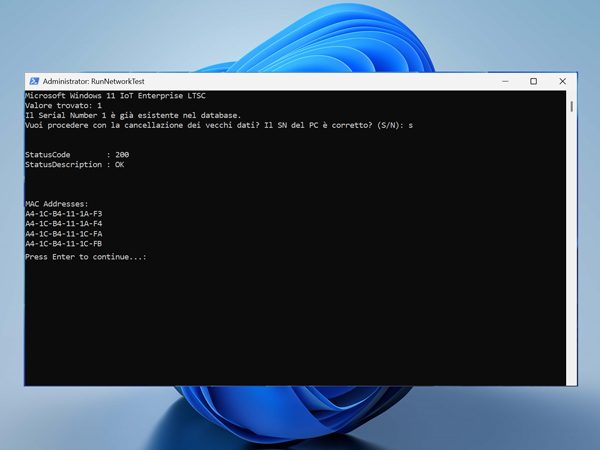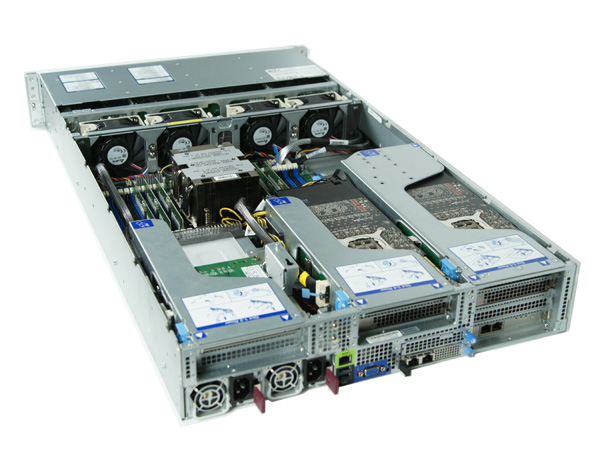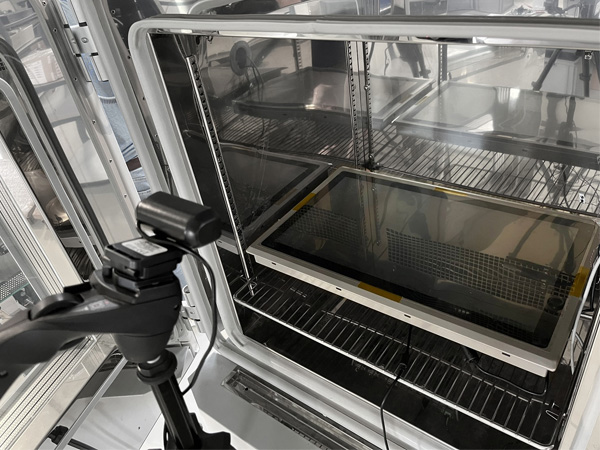Category : News by T-Pole, Services, Windows | MAC Address | 14 May 2025
The problem: two machines, same MAC Address?
Imagine the following situation: two machines in your factory are exhibiting erratic behavior, connection difficulties, or unexpected conflicts. These machines are connected to the company network. Upon investigation, you discover a disconcerting detail: both machines have the same MAC address.
This is an anomaly that, while theoretically it should never happen, can occur, creating quite a few headaches for the users of these machines and for network administrators. But why does it happen, and more importantly, how can this problem be effectively prevented?
Possible causes of duplication
The causes of this anomaly can be numerous and sometimes surprising. They range from a simple error on the production line of the network card supplier, where the same address is mistakenly assigned to multiple devices, to an incorrect BIOS update procedure that can corrupt or reset the MAC address information. Even a development error in a network card’s driver could potentially lead to this issue.
The consequences of duplication on the network
Regardless of the root cause, the presence of duplicate MAC addresses within the same network creates confusion at the network level, particularly for switches and DHCP servers. Switches use MAC addresses to build their switching tables, mapping addresses to physical ports. When two devices with the same MAC address send traffic, the switch receives conflicting information, no longer knowing to which port to correctly route packets destined for that MAC address. The DHCP server assigns internal IP addresses whenever a device connects to a network and then again periodically. Having two identical MAC addresses can cause network instability, packet loss, intermittent connections, and, in the worst cases, the inaccessibility of the involved devices.
TPole: your ally in preventing problems
This is where TPole comes in as a fundamental partner for client companies. TPole offers a specific service that helps resolve and prevent the problem of MAC address duplication. The core of the solution lies in a robust system that records all tested MAC addresses in a dedicated database. Each new network card during the integration phase is scrupulously compared against the existing archive. If a duplication is detected, the system flags the anomaly, effectively preventing the problematic device from being introduced into the network.
Control and customization
This is where TPole goes a step further, offering a high-value-added service: the ability to set the MAC addresses of device network cards using addresses specified directly by the clients. This service is particularly useful for companies that, having acquired their own MAC address range from an IEEE (Institute of Electrical and Electronics Engineers) registration authority, wish to maintain even greater control and personalized management of their network devices. TPole handles the physical setting of the addresses on the cards, ensuring that the unique addresses from the client’s own range are used.
Conclusion: avoiding problems with effective management
In conclusion, MAC address duplication is a real problem that can cause significant disruption in a corporate and factory environment. Relying on manual management and verification systems is not enough to guarantee their uniqueness. The solution lies in adopting a structured and automated approach. TPole, with its MAC address registration and comparison system and its custom setting service, positions itself as an essential partner. Companies should not underestimate the importance of effectively managing MAC addresses. By implementing rigorous checks when introducing devices and maintaining a central database, companies can proactively avoid the headaches and interruptions caused by duplicate MAC addresses, ensuring a more stable and reliable network infrastructure.
To discover how to best leverage TPole’s experience to avoid MAC address duplication, contact us today through our contact page.



